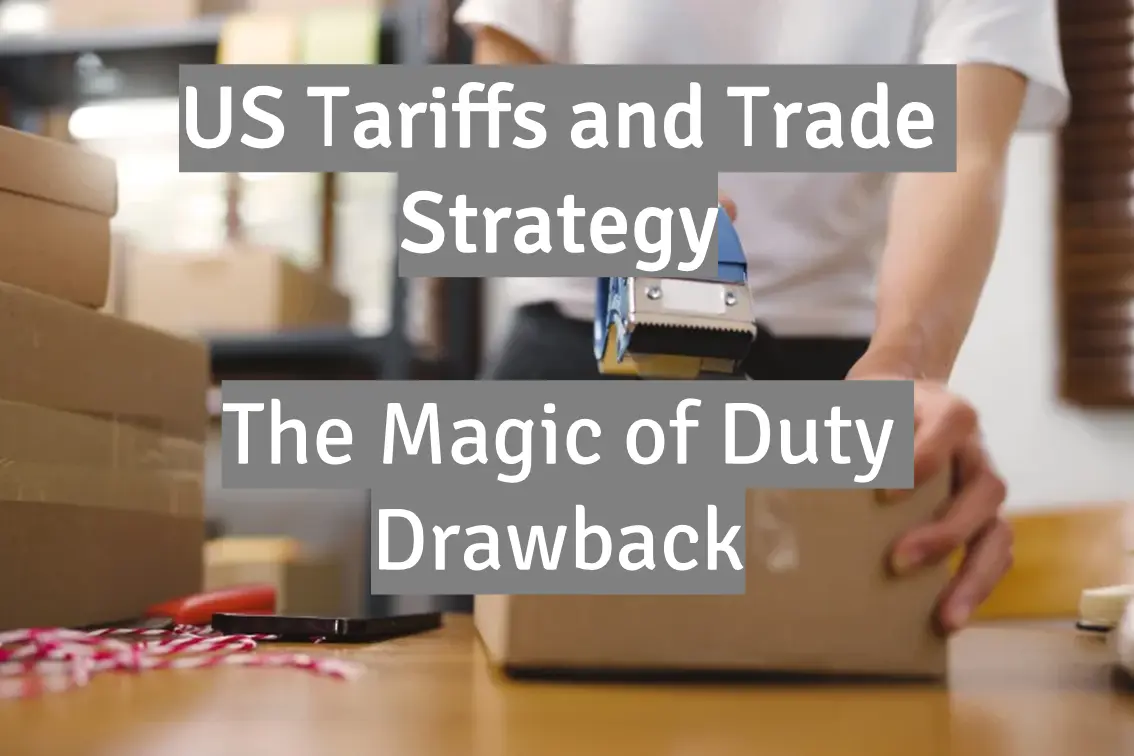Duty Drawback: The US Importer’s Guide to Turning Tariffs into Refunds

Duty drawback is a US Customs and Border Protection (CBP) program that enables businesses to recover up to 99% of duties, taxes, and fees paid on imported goods if those goods are subsequently exported or destroyed under customs supervision. This long-standing policy incentivizes international trade by mitigating the double-duty burden for businesses exporting goods originally imported into the United States. The drawback program, first enacted in 1789, remains a vital cost-saving tool in today’s tariff-heavy trade environment.
What Does Duty Drawback Cover? Scope and Eligibility
Duty drawback is not a universal rebate — it applies to specific scenarios and types of tariffs. Eligible products include goods that are either exported without significant modification, manufactured into another product and then exported, or returned and re-exported to the original supplier. Eligible tariffs can include regular import duties, Section 301 tariffs imposed on imports from China under the Trade Act of 1974, Section 232 tariffs on steel and aluminum, certain excise taxes, merchandise processing fees, and harbor maintenance fees. Claims must generally be filed within five years of the date of importation, and can be submitted by importers, exporters, manufacturers, and even intermediate parties involved in the process from import through export or destruction. For companies affected by Section 301 tariffs, CBP has clarified that refunds are indeed possible for goods that are re-exported, offering substantial potential savings.
Case Study: Duty Drawback for E-commerce Returns
Consider a retailer importing clothing into the US and selling through an online store to customers nationwide, where returns are frequent due to issues like size or style preference. In many cases, returned goods are shipped back to the original supplier or warehouse outside the US. This retailer pays duties upon import, but without drawback, those returns translate into wasted tariff spend. By properly documenting each step — from import details to export or shipping records, return reason codes, and matching the returned goods to their original imports — the retailer can claim duty drawback and recover up to 99% of the import tariffs paid. The key to making this work lies in accurate tracking of all import and export transactions, adherence to CBP process requirements, and timely submission of claims. Expertise is crucial, as the process can be complex. Working with a drawback broker or specialist, such as Trade Duty Refund, ensures that potential claims are maximized while staying within all regulatory requirements. Many e-commerce companies fail to claim millions in potential refunds simply because they are unaware of the program or neglect proper documentation.
How Widespread is Duty Drawback? Usage and Refund Data
Duty drawback has grown in importance in recent years, fueled by changes in US trade policy and the rapid expansion of cross-border e-commerce. Each year, US CBP issues billions of dollars in refunds under the duty drawback program. Apparel and footwear companies are among the largest beneficiaries, regularly claiming hundreds of millions in refunds annually, particularly for exported unsold stock or customer returns. The automotive industry also benefits substantially, with large claims coming from re-exported parts and vehicles, especially given the impact of Section 232 and Section 301 tariffs. Pharmaceuticals and electronics manufacturers also tap heavily into the program, using it for goods returned or overstock shipped abroad. The e-commerce sector represents one of the fastest-growing categories of claimants, as more retailers realize they can recover duties on international returns. Despite this, over $2 billion in eligible refunds go unclaimed each year, mostly due to poor documentation or lack of awareness—especially in retail and e-commerce businesses.
By harnessing the duty drawback program, US importers can recoup significant costs and improve margins in a high-tariff environment. The potential benefits are especially relevant for e-commerce retailers handling international returns, manufacturers exporting goods, and companies with global supply chains. Those that establish the processes and expertise to leverage drawback can position themselves for a competitive advantage in an increasingly complex trade landscape.
If your business regularly imports goods and then exports them, destroys them, or handles international returns, you may qualify for duty drawback. Contact Trade Duty Refund to learn how to maximize your recovery and ensure compliance with CBP regulations.
